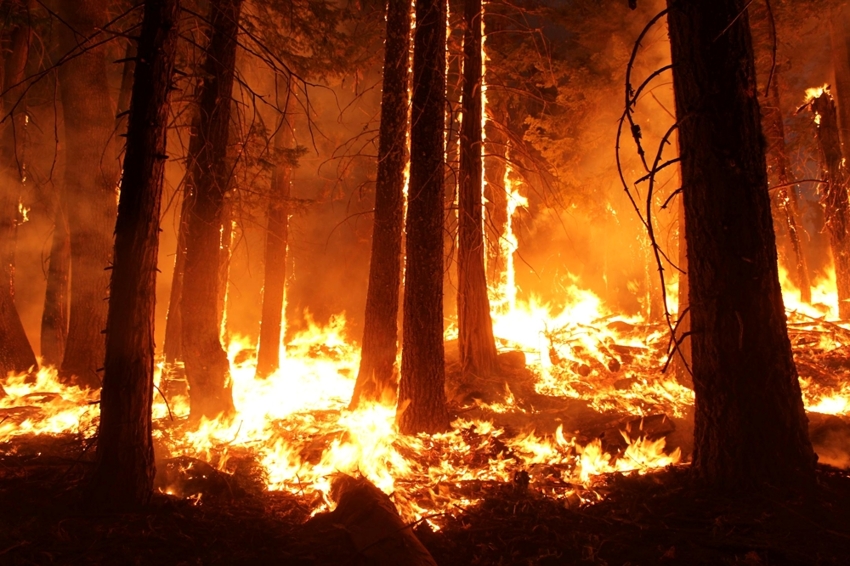How we can thrive amidst volatility and not become complacent due to a false sense of stability.

In this episode, you’ll learn:
- What is the extended disorder family.
- What does fragile and its opposite mean.
- What does it mean to be fragile and antifragile.
- What is the danger of supressing volatility.
- Why it is easier to distinguish the signal from the noise if we measure less frequently.
- What is optionality.
- Why trying to predict the future is a sign of fragility.
- Why we need to be emotionally resilient.
Show Notes
Antifragile: Things That Gain From Disorder by Nassim Nicholas Taleb
When Genius Failed: The Rise and Fall of Long-term Capital by Roger Lowenstein
Objective Knowledge by Karl Popper
Transcript
Welcome to Money For The Rest of Us, a personal financial show on money. How it works, how to invest it and how to live without worrying about it. I’m your host David Stein and today is episode 56, it’s titled, “Why we need volatility.”
Last week episode 55 I discussed being fragile or it’s opposite, antifragile. And the term antifragile and the concept was developed by Nassim Nicholas Taleb. He introduced it in his book by the same name Antifragile, Things That Gain from Disorder. And Nassim has what he calls the extended disorder family, and here are things that would be similar to volatility or disorder, and here’s his list.
Uncertainty, variability, imperfect, incomplete knowledge, chance, chaos, volatility, disorder, entropy, time, the unknown, randomness, turmoil, stressors, error, dispersions of outcome. All those lumped together. When we read that it sounds like, “Why would we want that?” “Why would we even need that?” And that’s what I want to talk about today, how we can gain from volatility, from disorder, variability, and even error. But just as a refresher, fragile, as I defined last week, means that harm to you accelerates as bad things happen.
Examples of Fragility
And an example I gave was, if your income fell 20%, or you got a 20% raise, those are the two opposites. Compare what your lifestyle, how it would be impacted if you had that 20% cut or 20% raise. For most of us, the 20% cut would actually harm us more than the benefits we would get from the 20% raise. But then if we had a 50% cut in income, the harm would not be linear, it would not be twice as bad as a 20% cut, it would be even worse. It would be non-linear, because at that point we might not be able to pay hardly any of our bills, and we would be forced to file bankruptcy.
I gave the example of the investment manager that was shorting volatility. And so he wanted stability, needed stability in terms of the options strategies he was using, and I won’t go into the detail because I did last week. But the point was, as volatility picked up in the stock market, his harm to his firm accelerated to such a degree that he blew up the company. And they lost all their clients, and his livelihood and had to go do something else. And so that’s what fragile is, the harm accelerates.
We have what is known as negative asymmetry. The downside is way worse than the upside. I also gave the example of when I was a dishwasher, the champagne glasses with the narrow necks and delicate sides. And how when I was too volatile with them and putting them in the racks, the glass racks before shoving them in the dishwasher, they would break. And I broke a number of them until I realized that champagne glasses wanted stability. They were in finance parlance, short volatility. They needed that, whereas we want to be long volatility, and I’ll share why.
Examples of Antifragility
Now something that was antifragile was the conifer, and how the conifer takes the … can live anywhere, but tends to retreat to less vibrant, less fertile soil. Rocky cliffs, just away, and they let the faster growing angiosperms deciduous trees have the prime ground, and then at some point those angiosperms overproduce, and a forest fire comes through wipes out, and then some of those conifers have pine cones that are coated with resin that don’t even germinate till they’ve been burned a little bit, and their resin’s been burned off, and then they can germinate.
And the some of the seeds blow over within the fire, and then they take advantage of the newly burnt ground, and that stimulates those conifers. That’s antifragile. The more volatility, the more fires, the more conifers can thrive. They need that to thrive. But what about, often times back maybe 50, 60 years ago, naturalists tried to … I live in the west where forest fires can be quite common. The idea was to suppress forest fires, and there is still some suppression. In other words, we don’t clear the underbrush, we just let the this tinder, this fire material continue to grow. And if you suppress the land so you don’t have these natural fires, when they actually come they’re huge and much more severe than they would be otherwise.
As a Money For the Rest of Us Plus member, you are able to listen to the podcast in an ad-free format and have access to the written transcript for each week’s episode. For listeners with hearing or other impairments that would like access to transcripts please send an email to jd@moneyfortherestofus.com Learn More About Plus Membership »
